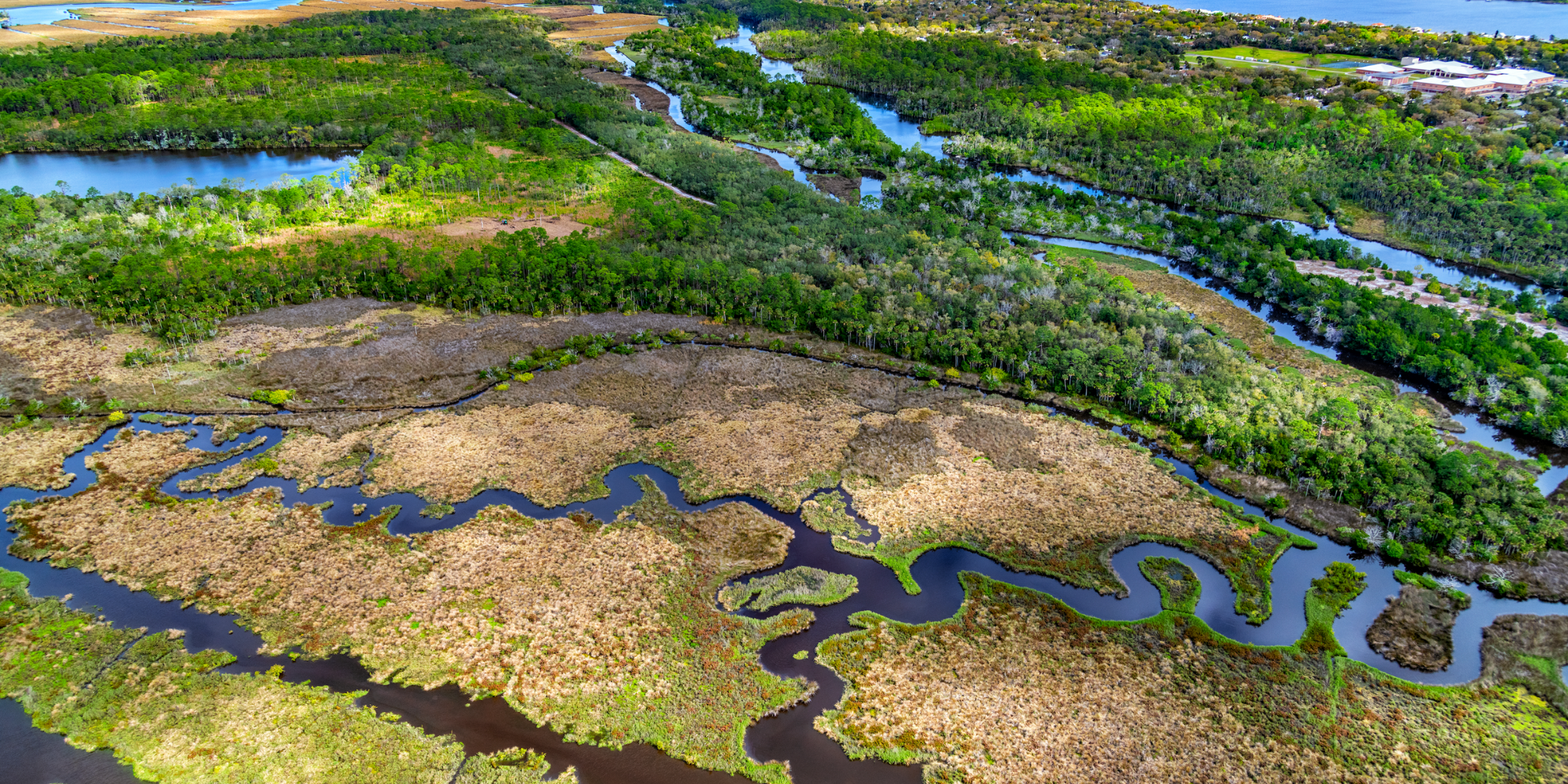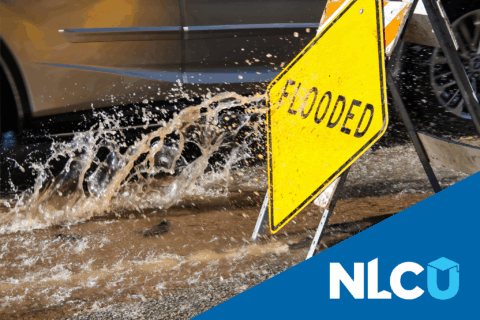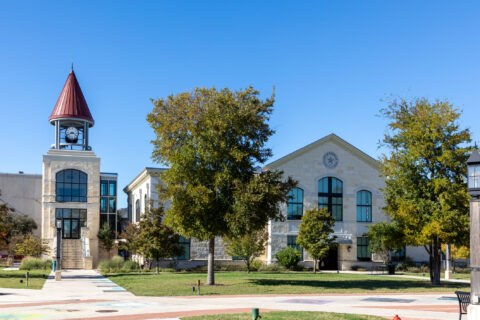Recently, the U.S. Supreme Court released its highly anticipated decision in Sackett v. Environmental Protection Agency, a case again construing the meaning of “waters of the United States.” The decision in favor of the petitioners was unanimous, but the underlying analyses varied widely.
The case arose when Michael and Chantell Sackett began backfilling a housing lot near Priest Lake, Idaho. According to the U.S. Environmental Protection Agency (EPA), this violated the Clean Water Act (CWA), which prohibits discharging pollutants including gravel into “navigable waters,” defined as “waters of the United States” (WOTUS). Under the CWA, WOTUS has been construed to include “wetlands” that are “adjacent” to navigable water. The EPA determined that the wetlands on the Sacketts’ lot ultimately fed into Priest Lake and issued a notice directing the couple to cease backfill activities and restore the property, under threat of fines exceeding $40,000 per day. The Sacketts sued, challenging the EPA’s interpretation of the CWA. They lost on summary judgment in federal district court.
On appeal, the Ninth Circuit affirmed, holding for the EPA. The court considered competing WOTUS analyses in a 2006 CWA case, Rapanos v. United States. There, Justice Scalia had penned a narrow description of WOTUS, limiting it to “relatively permanent, standing or flowing bodies of water” and wetlands with “continuous surface connection” to permanent waters. In contrast, Justice Kennedy had found that wetlands with a “significant nexus” to navigable waters are WOTUS; the relevant inquiry was whether the wetlands “either alone or in combination with similarly situated lands in the region, significantly affect the chemical, physical, and biological integrity” of navigable waters.
The Ninth Circuit adopted the more expansive Kennedy “significant nexus” test, asking whether the wetlands in question “significantly affect” navigable waters. Applying that standard, the Circuit held that the Sackett’s property was covered by the CWA.
The Supreme Court’s recent ruling reverses that Ninth Circuit decision. Justice Alito, joined by Justices Roberts, Thomas, Gorsuch, and Barrett, expressly discards Justice Kennedy’s “significant nexus” test from Rapanos as “particularly implausible,” facilitating inconsistent and unpredictable application by the EPA: “This freewheeling inquiry provides little notice to landowners of their obligations under the CWA. Facing severe criminal sanctions for even negligent violations, property owners are ‘left to feel their way on a case-by-case basis.’” While the majority acknowledged that the CWA has extended to “more than traditional navigable waters,” it goes on to say that the use of the word navigable should be limiting and “[a]t a minimum, then, the use of “navigable” signals that the definition principally refers to bodies of navigable water like rivers, lakes, and oceans.’”
In terms of wetlands, the majority concedes that some will qualify as WOTUS. Whether the CWA can regulate a wetland depends on whether it is “adjacent” to WOTUS. The majority reprises and expands on the more rigorous “continuous surface connection” standard from Rapanos to define “adjacent.” In that context, wetlands that are “adjacent” to navigable waters will only fall within the CWA if they are “as a practical matter indistinguishable” from WOTUS—meaning that there must be “a continuous surface connection” to navigable waters. It is not enough for the wetlands to be near WOTUS, though the Court does acknowledge that there may be temporary interruptions in a continuous connection due to events like low tides or dry spells. The majority rejected a broader reading of “adjacent” that would have included “neighboring,” finding that such a definition is inconsistent with the text of the Act.
The Court also noted that given the sweep of the CWA and the federalism principles at stake, Congress must enact “exceedingly clear language if it wishes to significantly alter the balance between federal and state power and the power of the Government over private property.” And here, the Court found there was not clear Congressional intent for a broader definition of WOTUS.
Applying these standards, the majority held that Sacketts’ property does not constitute wetlands falling within the CWA.
While agreeing with that outcome, two concurrences explicitly disagreed with the “continuous surface connection” standard. Justice Kagan, joined by Justice Jackson, pointed to the expansive purposes of the CWA and criticized “the Court’s appointment of itself as the national decision-maker on environmental policy.” Justice Kavanaugh, joined by Justices Kagan, Sotomayor and Jackson, challenged the majority’s upending 45 years of practice by substituting “adjoining” for “adjacent.”
IMLA joined an amicus brief with NACo, NLC, USCM, ICMA and various local governments and water districts urging the Supreme Court to adopt a decision that clarifies that water supply and treatment, flood control and stormwater management infrastructure is not WOTUS under the CWA. The decision does not provide that clarity, and it is difficult to construe whether the replacement of “adjacent” with “adjoining” will insulate some infrastructure from WOTUS coverage.
However, because the test that the Court adopts limits the definition of WOTUS, it seems likely that at least some of the infrastructure that had previously been swept into the broader definition may be excluded. For example, infrastructure that is not itself “waters” will likely be excluded from the definition.
The confusion that the 2006 Rapanos case caused led the Administration to undergo a rulemaking process to clarify which waterbodies are federally covered by the Clean Water Act. This regulatory effort spanned the Obama, Trump, and Biden Administrations. Although the EPA and U.S. Army Corps of Engineers finalized a new WOTUS rule earlier this year, this Supreme Court ruling will likely mean the Agencies will have to go back to the drawing board and issue a new rule seeking to define “continuous surface connection.” Local governments will therefore need to await further action from EPA and the Army Corps.
About the author:
Erich Eiselt is the Assistant General Counsel and Director of Legal Advocacy for the International Municipal Lawyers Association (IMLA). NLC, IMLA, and NACo formed the Local Government Legal Center (LGLC) in 2023, a coalition of national local government organizations to provide education to local governments regarding the Supreme Court.







